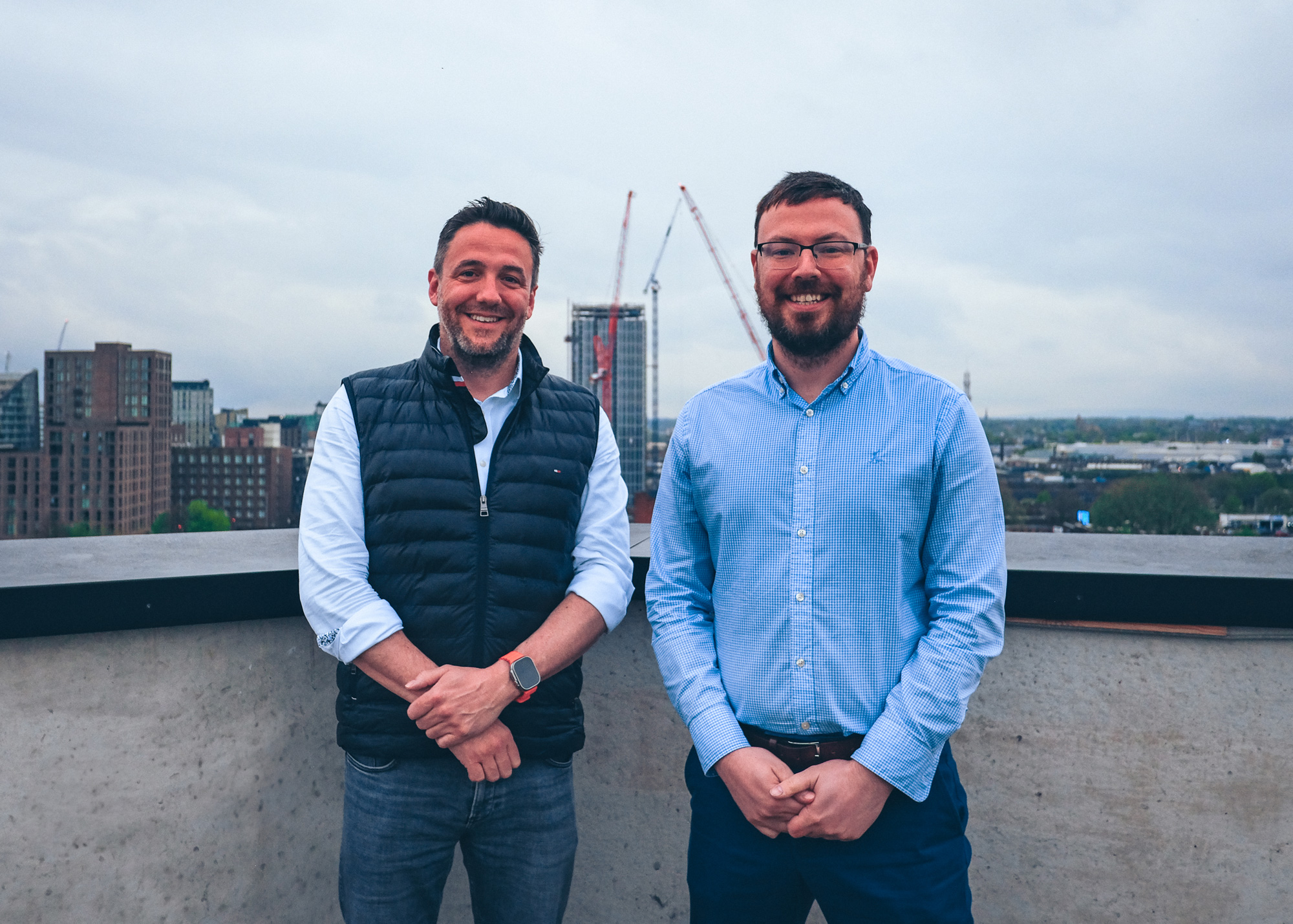In the fast-paced world of construction and project management, staying ahead of the curve is crucial. One way to ensure your tenders are as competitive and effective as possible is by leveraging real-time site data. This article delves into five innovative methods to supercharge your tenders, from aerial insights to on-the-ground technology, ensuring you have the most accurate and up-to-date information at your fingertips.
Key Takeaways
- Drone surveying provides unparalleled aerial data, offering a comprehensive view of the site for more accurate tendering.
- IoT monitoring allows continuous data collection from the site, ensuring real-time updates on project conditions and progress.
- Wearable technology enhances worker safety and productivity, contributing to more reliable tender projections and timelines.
- Geospatial mapping delivers detailed site analysis and environmental data, enabling precise planning and risk assessment.
- Real-time analytics empower decision-makers with instant insights, leading to better resource allocation and project management.
1. Drone Surveying
Drone surveying is revolutionising the way we approach construction projects, offering a bird's-eye view that was once impossible to achieve without significant expense and time. By harnessing the power of aerial data, construction managers can now gain comprehensive insights into their sites, enabling more informed decision-making and strategic planning.
- Enhanced Site Monitoring: Drones provide frequent and detailed snapshots of the construction site, allowing for real-time monitoring and adjustments.
- Improved Safety: With drones, potential hazards can be identified and addressed before they pose a risk to workers.
- Cost Efficiency: The ability to survey large areas quickly reduces the need for manual labour and can lead to substantial cost savings.
Siteview simplifies project progress tracking with real-time geolocation data, reducing costs and improving decision-making for asset management and project performance. As the construction industry continues to evolve, the integration of drone technology is becoming a cornerstone for those looking to stay ahead of the curve.
2. IoT Monitoring
In the realm of construction, the Internet of Things (IoT) is revolutionising how site data is collected and utilised. IoT monitoring allows for the continuous tracking of various site parameters, providing a wealth of real-time data that can be leveraged to enhance tender submissions.
By integrating IoT sensors across a construction site, companies can gain insights into:
- Environmental conditions
- Equipment status
- Worker health and safety
This data not only informs risk assessments and resource allocation but also supports a more dynamic project management approach. With IoT, potential issues can be identified and addressed promptly, reducing downtime and ensuring that projects remain on schedule and within budget.
Moreover, the ability to explore how technology, data analysis, and innovation enhance construction bidding is invaluable. IoT data can be used to cut carbon emissions by optimising resource usage and improving operational efficiency. The quality of site data is significantly improved, leading to more accurate and compelling tenders that demonstrate a commitment to sustainability and innovation. Ultimately, this translates into delivering exceptional value analysis in projects, setting your tenders apart in a competitive market.
3. Wearable Technology
The advent of wearable technology in the construction sector marks a significant leap towards enhanced operational efficiency and safety. Optimised resource allocation is a key benefit, as wearable devices collect data on worker activities, offering valuable insights into work patterns and productivity. This data-driven approach enables managers to make informed decisions, ensuring that the right people are in the right place at the right time.
Wearable tech also plays a pivotal role in improving site safety. By monitoring vital signs and environmental conditions, these devices can alert workers to potential hazards, reducing the risk of accidents. Furthermore, the integration of wearables with other systems can facilitate real-time communication and location tracking, which is crucial in coordinating emergency responses.
In summary, wearable technology offers a suite of advantages that can supercharge your tenders with real-time site data:
- Enhanced safety through continuous monitoring
- Improved productivity via data analysis
- Better communication and coordination on-site
- Streamlined project management through integrated systems
Embracing wearable technology not only boosts the efficiency of construction projects but also fosters a culture of safety and innovation.
4. Geospatial Mapping
Geospatial mapping is revolutionising the way construction projects are planned and executed. By integrating real-time site data into geospatial maps, project managers can gain a comprehensive overview of the terrain and existing structures, which is crucial for informed decision-making. This technology enables precise planning and can significantly reduce the risk of costly errors.
The benefits of geospatial mapping include:
- Enhanced site analysis and planning
- Improved communication between stakeholders
- Streamlined project management processes
- Increased accuracy in cost estimation
Implementing geospatial mapping requires a strategic approach. A 12-week boot camp to implement construction site data capture software could be a game-changer for your projects. Not only could it save approximately 11% of project costs, but it also ensures consistent reporting and maximises change events with dedicated support and resources. By embracing this technology, construction firms can stay ahead of the curve and deliver projects with greater efficiency and precision.
5. Real-Time Analytics
Harnessing the power of real-time analytics can transform the way construction projects are managed and executed. By integrating real-time data into your project management processes, you can ensure that tasks receive adequate attention and enhance accountability across the board. This dynamic approach allows for immediate insights into project performance, enabling swift decision-making and adjustments where necessary.
Key benefits of real-time analytics include:
- Instant visibility: Gain immediate access to data that reflects the current state of your project, allowing for proactive management.
- Data-driven decisions: Utilise accurate, up-to-the-minute information to make informed choices that can positively impact project outcomes.
- Enhanced collaboration: Share live data with team members and stakeholders to foster a collaborative environment and align efforts.
To fully leverage real-time analytics, consider exploring construction innovation video resources. These can provide guidance on prepopulating site diaries, capturing resource times, and ensuring commercial assurance. Additionally, podcasts on cost display and automation can offer further insights into optimising your use of real-time data for improved project management.
Conclusion
Incorporating real-time site data into your tenders can significantly enhance the accuracy and appeal of your proposals, giving you a competitive edge in the market. By leveraging the latest technologies and data analytics, you can provide compelling evidence of your capabilities and foresight, ensuring that your tenders stand out. As we've explored, the integration of real-time data can streamline operations, improve risk management, and offer a deeper understanding of project requirements. It's clear that in an ever-evolving industry, staying ahead means embracing innovation and the power of data. As you continue to refine your tendering process, consider the wealth of resources available, from AI-powered tools to expert insights on event strategy and automation. Embrace the future of tendering by harnessing the full potential of real-time site data.
Frequently Asked Questions
How can drone surveying enhance the accuracy of tenders?
Drone surveying provides high-resolution aerial data that can significantly improve the precision of site assessments. This real-time data allows for more accurate cost estimations and risk evaluations, leading to more competitive and reliable tenders.
What role does IoT monitoring play in tender preparation?
IoT monitoring systems gather real-time data on various site conditions, such as temperature, humidity, and equipment status. This information enables proactive adjustments and maintenance, ensuring that tender proposals are based on the most current and relevant site data.
In what ways can wearable technology contribute to tender processes?
Wearable technology, such as smart helmets and biometric monitors, can track the health and safety of on-site personnel. This data contributes to creating more realistic project timelines and labour cost estimates, enhancing the overall tender submission.
How does geospatial mapping provide a competitive edge in tendering?
Geospatial mapping offers detailed insights into the physical characteristics of a site, including topography and accessibility. By integrating this data into tender documents, companies can demonstrate a thorough understanding of the project scope and potential challenges.
What are the benefits of using real-time analytics in tendering?
Real-time analytics enable companies to process and interpret vast amounts of site data quickly. This leads to more informed decision-making and the ability to predict and mitigate risks, which can be a decisive factor in winning tenders.
Can real-time site data be integrated with other software tools?
Yes, real-time site data can often be integrated with project management and analytics software, providing a seamless workflow and enhancing collaboration among stakeholders during the tendering process.





